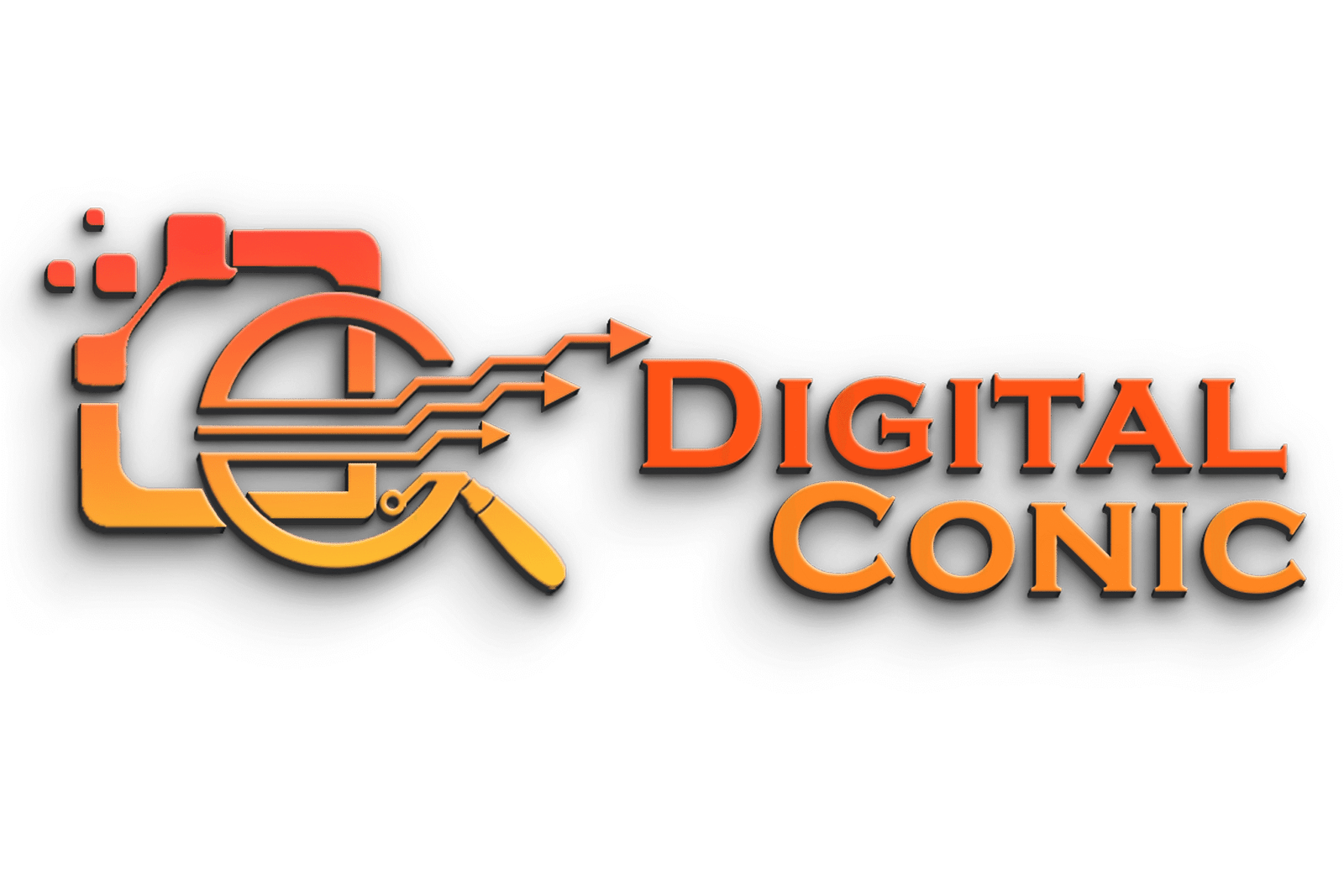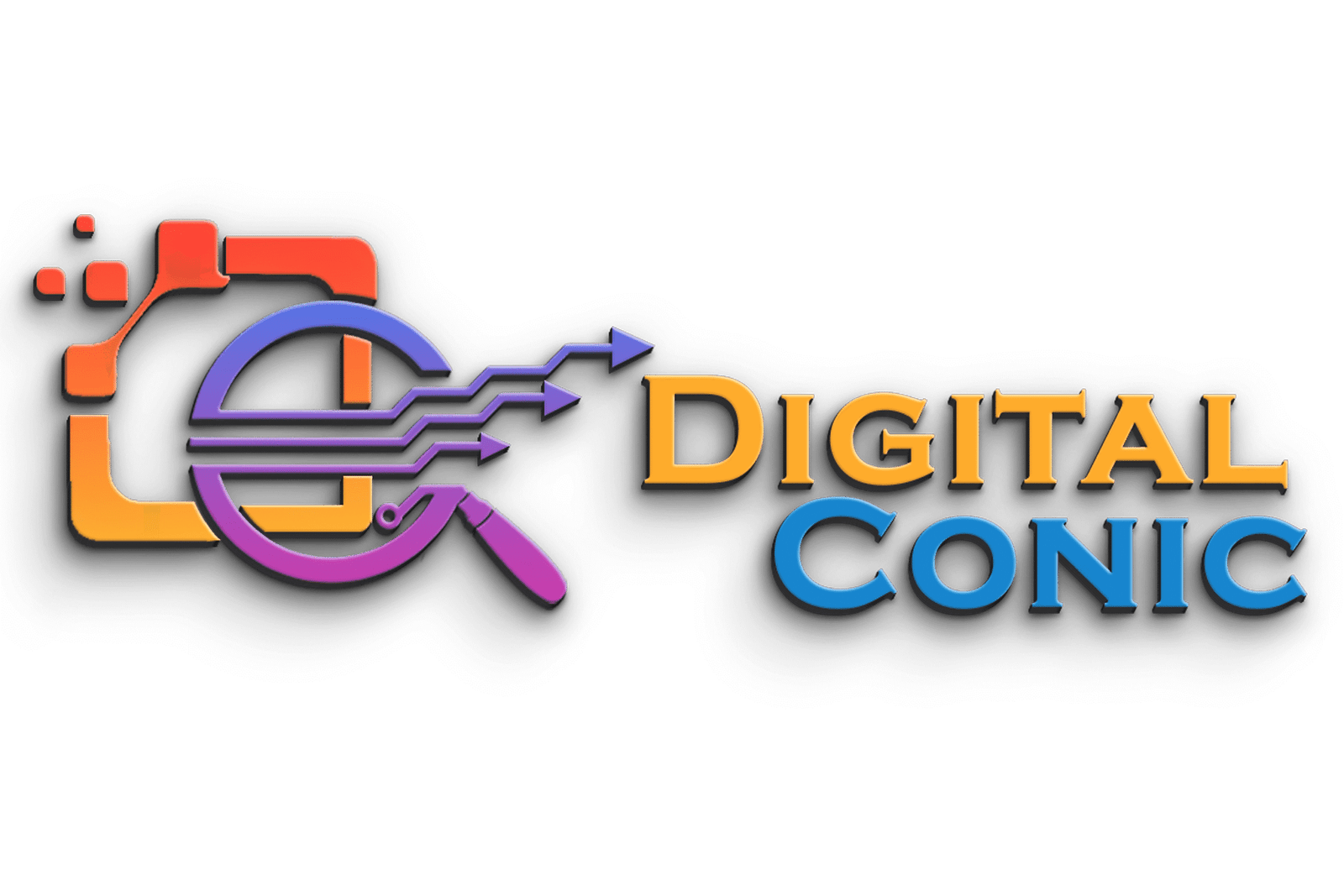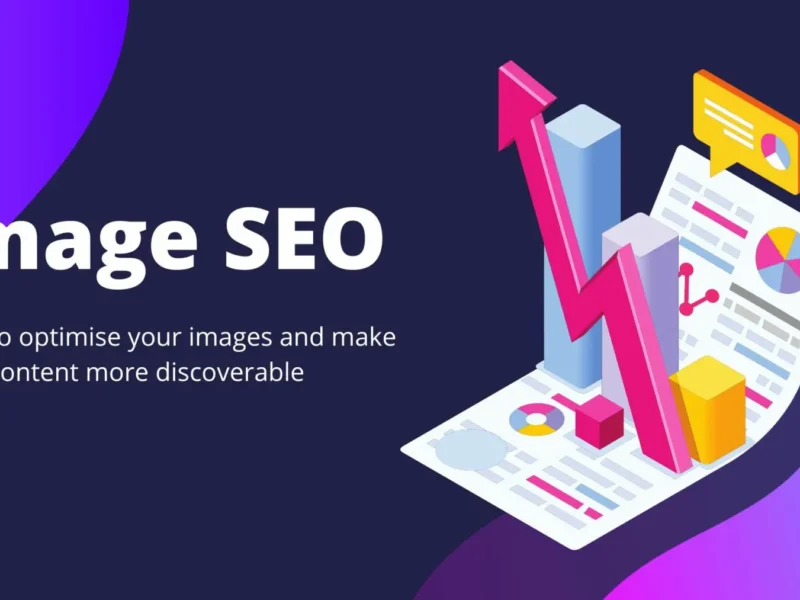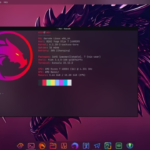Introduction
Can Adding More Pictures Increase SEO: Have you ever wondered if sprinkling more pictures into your blog posts or website could actually help your SEO rankings? It’s a question many marketers and website owners ask. While words build the foundation of SEO, visuals act like magnets that keep readers hooked. In today’s fast-scrolling digital world, attention spans are short—adding images can be the key to keeping visitors engaged and helping search engines understand your content better.
Understanding SEO Basics
Before we jump into how images affect SEO, let’s quickly revisit what SEO really means. Search Engine Optimization (SEO) is all about improving your website’s visibility on search engines like Google. Higher rankings lead to more traffic, more clicks, and ultimately more conversions.
Search engines rely on hundreds of factors to rank websites, including content quality, backlinks, page speed, user experience, and yes—visual elements like images.
The Importance of Visual Content
Humans are visual creatures. Studies show that the brain processes images 60,000 times faster than text. That means if your article is just a giant wall of words, chances are readers will bounce before even finishing the first paragraph.
Visuals help break down complex ideas into digestible pieces. Whether it’s photos, screenshots, or infographics, images make content more engaging and memorable.
How Images Influence SEO
Can Adding More Pictures Increase SEO: So, how exactly do pictures affect SEO? First, they improve user experience. When people find your page visually appealing, they’re likely to stay longer—boosting dwell time, which search engines interpret as a positive ranking signal.
Secondly, images can improve your click-through rate (CTR). A thumbnail with an engaging picture in Google search results or social shares can grab attention far more than text alone.
Google’s Take on Images
Google doesn’t just crawl text—it also indexes images. Ever noticed how Google Images often shows up as a major traffic driver? Millions of people search through images daily, and if your visuals are optimized, your site could benefit from that extra traffic.
With the rise of visual search technologies like Google Lens, properly optimized images are becoming even more crucial for SEO strategies.

Image Optimization Techniques
If you want images to boost your SEO, you can’t just upload them randomly. Here are some proven techniques:
- File Names: Instead of “IMG123.jpg,” use descriptive names like “best-coffee-mug.jpg.”
- Alt Text: Describe the image using keywords so search engines know what it’s about.
- Compression: Large files slow down your site. Use tools like TinyPNG to reduce size without losing quality.
The Role of Image Size and Quality
Quality images can make your content shine, but they shouldn’t drag your site speed down. Remember, page loading time is a direct ranking factor. Striking the right balance between resolution and speed is key.
Also, don’t forget mobile optimization—most users browse on phones, so your images must look good on smaller screens without slowing things down.
Images and On-Page SEO
Images don’t just decorate your content—they support it. For example, a cooking blog with step-by-step photos will perform better than one with just written recipes. Images improve readability and help readers better understand complex topics.
Impact on Bounce Rate
Can Adding More Pictures Increase SEO: Ever clicked on a boring article and left immediately? That’s bounce rate in action. Adding images makes your content more inviting, encouraging readers to scroll through instead of leaving right away. This reduces pogo-sticking (jumping back to search results), which Google sees as a negative signal.
Social Media Sharing Power
People share visuals more than text. A tweet with an image gets almost 150% more retweets than one without. When your content gets shared widely, it can drive referral traffic, build backlinks, and indirectly boost SEO.
Infographics and Data Visuals
Infographics are a powerhouse for SEO. They simplify complex information, are highly shareable, and often earn backlinks from other sites that use them as references. A single well-designed infographic can attract hundreds of backlinks—an SEO jackpot.
Case Studies and Real-Life Examples
Take Buzzfeed, for instance. Their articles are loaded with images, GIFs, and memes. This formula keeps readers engaged and sharing their content nonstop. Another example is recipe websites—those with step-by-step visuals almost always rank higher than plain-text ones.
Common Mistakes with Images in SEO
While images can help SEO, misusing them can backfire. Common mistakes include:
- Uploading massive files that slow down page speed
- Using generic stock photos that add no value
- Forgetting to add alt text, missing keyword opportunities
- Violating copyrights by using images without permission
Future of Images in SEO
The future of SEO is increasingly visual. With AI-driven search engines and tools like visual search, images are becoming a bigger part of how people find content online. Accessibility is also a growing priority, meaning alt text and proper labeling will remain critical.
Conclusion
So, can adding more pictures increase SEO? Absolutely—when done right. Images improve user experience, increase engagement, lower bounce rates, boost social shares, and even drive traffic through Google Images. But remember, it’s not just about adding more pictures—it’s about adding the right pictures, optimized for both humans and search engines.
FAQs
1. Do too many images hurt SEO?
Not if they’re optimized properly. Too many large, uncompressed images can slow your site, which may hurt rankings.
2. What’s the best image format for SEO?
JPEG is great for photos, PNG works well for graphics with transparency, and WebP is ideal for fast-loading high-quality images.
3. How important is alt text for images?
Very important. Alt text helps search engines understand your images and improves accessibility for visually impaired users.
4. Can images help my website rank in Google Images?
Yes. Optimized images with proper file names, alt text, and structured data can rank in Google Images, driving extra traffic.
5. Should every blog post have images?
Ideally, yes. At least one relevant, optimized image per post can improve both SEO and user experience.





